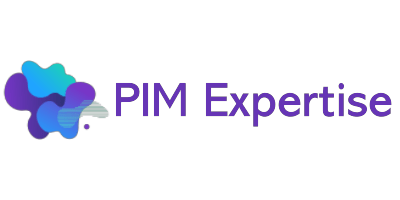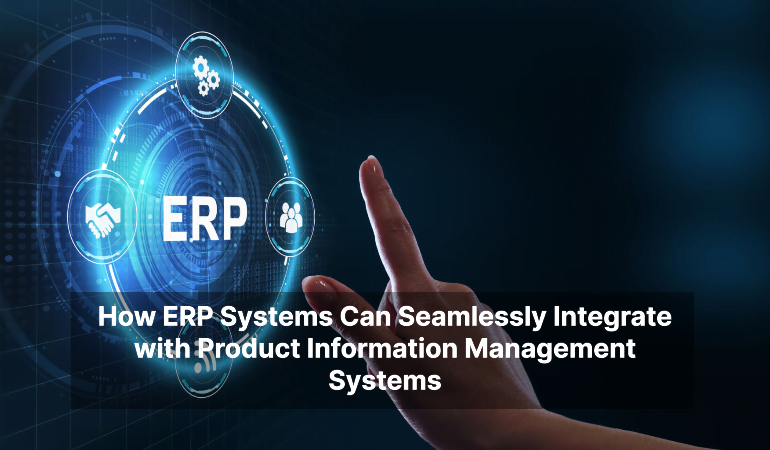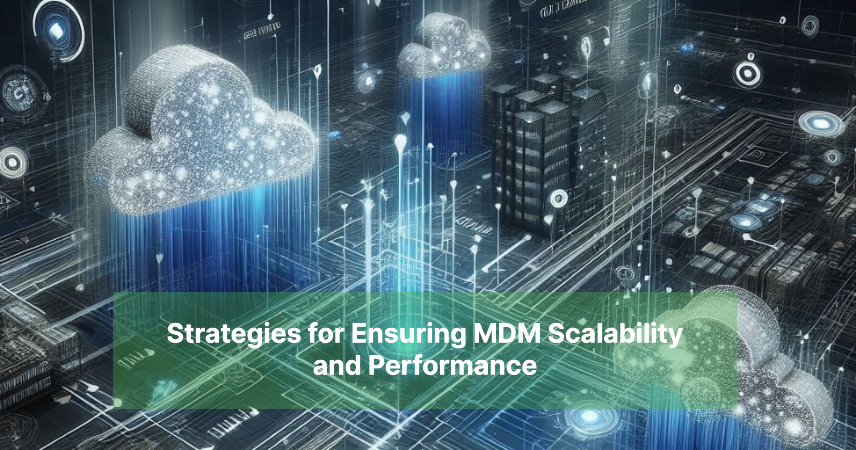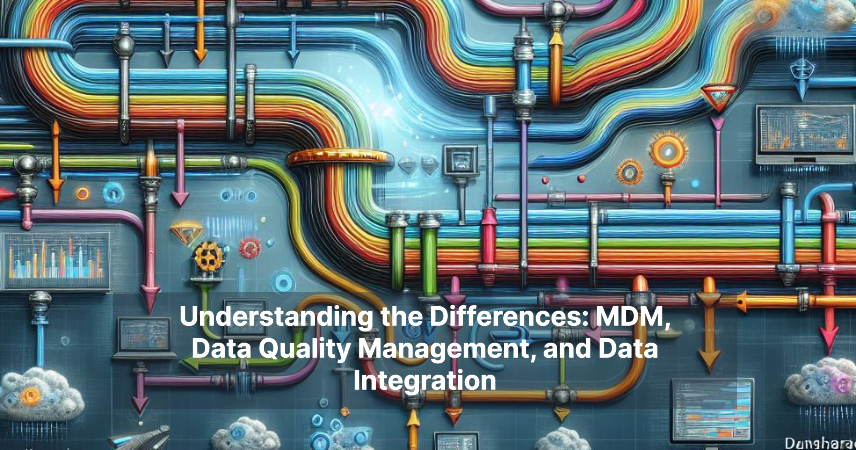Master Data Management and Data Governance
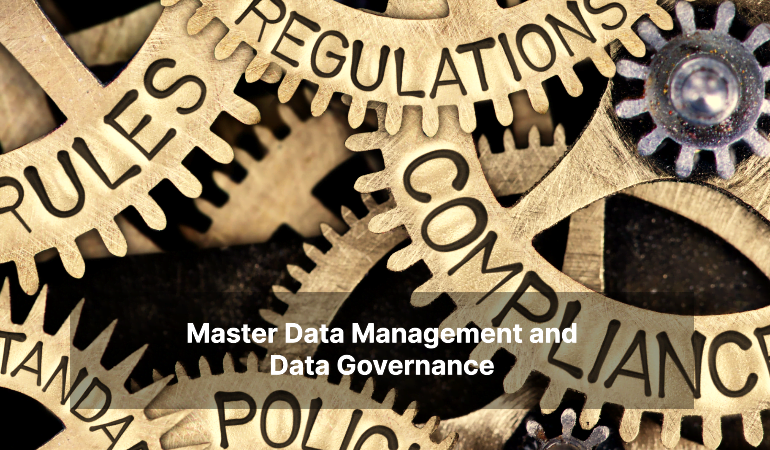
Navigating the Seas of Data: A Comprehensive Guide to Master Data Management and Governance
In today’s digital age, businesses are inundated with vast amounts of data pouring in from various sources. Effectively managing this data has become a critical aspect of organizational success. This comprehensive guide will delve into the realms of Master Data Management (MDM) and Data Governance, shedding light on their importance, fundamentals, implementation strategies, best practices, challenges, and future trends.
I. Introduction to Master Data Management (MDM) and Data Governance
A. Understanding the Importance of Data Management
In an era where data is often referred to as the “new oil,” understanding the significance of efficient data management is paramount. Proper data management enables organizations to make informed decisions, enhance operational efficiency, and gain a competitive edge in the market.
B. Differentiating Between MDM and Data Governance
While Master Data Management (MDM) focuses on the management of critical data entities within an organization, such as customers, products, and locations, Data Governance concerns the overall management framework, policies, and procedures governing the usage, storage, and security of data.
C. The Evolution of MDM and Data Governance
Over time, MDM and Data Governance have evolved to meet the dynamic needs of modern businesses. From traditional data silos to integrated data ecosystems, the evolution reflects a shift towards more holistic approaches to data management and governance.
II. Fundamentals of Master Data Management
A. Defining Master Data
Master Data refers to the core data entities that are essential for the operations of an organization, serving as the single source of truth for critical business information.
B. Key Components of MDM
- Data Integration: Seamless integration of data from disparate sources to create a unified view.
- Data Quality Management: Ensuring the accuracy, completeness, and consistency of master data.
- Metadata Management: Managing data about data to facilitate understanding and usage.
- Data Governance: Establishing policies, procedures, and controls for effective data management.
III. Establishing a Master Data Strategy
A. Assessing Business Needs and Objectives
Before embarking on an MDM journey, organizations must identify their business goals and objectives, aligning their data strategy with overarching business strategies.
B. Identifying Key Stakeholders
Engaging stakeholders from various departments ensures that the MDM strategy addresses the diverse needs and perspectives within the organization.
C. Developing Data Governance Policies
Creating robust data governance policies lays the foundation for effective data management, outlining roles, responsibilities, and protocols for data usage, access, and security.
IV. Implementing Master Data Management Systems
A. Selecting the Right MDM Solution
Choosing the appropriate MDM solution requires careful consideration of factors such as scalability, flexibility, integration capabilities, and alignment with organizational objectives.
B. Integration with Existing Systems
Integrating MDM systems with existing IT infrastructure is crucial for seamless data flow and interoperability across the organization.
C. Data Migration Strategies
Migrating data to the new MDM system requires meticulous planning, ensuring minimal disruption to ongoing operations while maintaining data integrity.
V. Best Practices in Master Data Management
A. Data Standardization and Normalization
Standardizing data formats and structures ensures consistency and interoperability across systems and processes.
B. Data Quality Improvement Techniques
Implementing data quality tools and techniques helps identify and rectify inaccuracies, redundancies, and inconsistencies in master data.
C. Master Data Maintenance Processes
Establishing regular maintenance routines ensures that master data remains accurate, up-to-date, and relevant to business operations.
VI. Data Governance: Framework and Principles
A. Understanding Data Governance Frameworks
Familiarizing oneself with various data governance frameworks, such as COBIT, DAMA-DMBOK, and ISO 8000, provides a structured approach to implementing effective data governance practices.
B. Data Governance Principles and Guidelines
Adhering to data governance principles such as accountability, transparency, integrity, and compliance forms the basis for establishing a robust governance framework.
C. Roles and Responsibilities in Data Governance
Clearly defining roles and responsibilities for data stewards, data custodians, and other stakeholders ensures accountability and ownership of data assets throughout their lifecycle.
VII. Data Governance Implementation
A. Building a Data Governance Team
Assembling a cross-functional team comprising representatives from IT, business, legal, and compliance departments fosters collaboration and ensures diverse perspectives in governance decisions.
B. Establishing Data Policies and Procedures
Developing comprehensive data policies and procedures, covering aspects such as data access, usage, sharing, and security, provides a clear roadmap for data governance implementation.
C. Implementing Data Governance Tools
Utilizing specialized tools and technologies, such as data governance platforms and metadata repositories, streamlines governance processes and enhances visibility into data assets.
VIII. Data Quality Management in Data Governance
A. Data Quality Assessment and Measurement
Conducting regular data quality assessments and defining metrics for measuring data quality performance enables organizations to identify and address quality issues proactively.
B. Data Cleansing and Enrichment Techniques
Employing data cleansing and enrichment techniques, such as deduplication, validation, and enrichment, enhances the accuracy and completeness of master data.
C. Continuous Data Quality Monitoring
Implementing automated monitoring and alerting mechanisms ensures ongoing vigilance over data quality, enabling timely intervention in case of anomalies or deviations.
IX. Regulatory Compliance and Data Governance
A. Understanding Regulatory Requirements
Staying abreast of regulatory mandates, such as GDPR, CCPA, HIPAA, and SOX, is essential for ensuring compliance with data protection and privacy laws.
B. Ensuring Compliance through Data Governance
Aligning data governance practices with regulatory requirements and implementing controls and safeguards to protect sensitive data mitigate the risk of non-compliance.
C. Addressing Data Privacy Concerns
Implementing measures such as data anonymization, encryption, and access controls safeguards sensitive information and mitigates the risk of data breaches and privacy violations.
X. Data Security and Risk Management
A. Identifying Data Security Risks
Conducting comprehensive risk assessments helps identify potential vulnerabilities and threats to data security, both internal and external.
B. Implementing Data Security Measures
Deploying robust security measures, such as encryption, authentication, and authorization, safeguards data assets against unauthorized access, manipulation, or theft.
C. Data Breach Response and Recovery Plans
Developing incident response plans and disaster recovery strategies enables organizations to mitigate the impact of data breaches and restore normal operations swiftly.
XI. Measuring the Success of MDM and Data Governance
A. Key Performance Indicators (KPIs) for MDM
Defining KPIs, such as data accuracy, completeness, and timeliness, enables organizations to gauge the effectiveness of their MDM initiatives and track progress over time.
B. Metrics for Evaluating Data Governance Effectiveness
Measuring metrics, such as data quality scores, compliance levels, and incident response times, provides insights into the overall effectiveness of data governance practices.
C. Continuous Improvement Strategies
Iteratively refining MDM and data governance processes based on performance metrics and feedback fosters a culture of continuous improvement and innovation.
XII. Challenges and Pitfalls in MDM and Data Governance
A. Overcoming Resistance to Change
Addressing cultural barriers, organizational inertia, and employee resistance to change is crucial for successful MDM and data governance implementation.
B. Managing Data Silos
Breaking down data silos and fostering collaboration across departments promotes data integration and ensures a unified view of organizational data.
C. Keeping Pace with Technological Advancements
Adopting emerging technologies, such as AI, machine learning, and blockchain, empowers organizations to stay ahead of the curve and address evolving data management challenges.
XIII. Case Studies in Successful MDM and Data Governance Implementation
A. Industry-specific Examples
Exploring case studies from various industries, such as healthcare, finance, and retail, provides insights into industry-specific challenges and best practices in MDM and data governance.
B. Lessons Learned from Real-world Scenarios
Drawing lessons from real-world scenarios and success stories highlights key strategies, pitfalls to avoid, and valuable insights for effective MDM and data governance implementation.
C. Best Practices from Leading Organizations
Studying best practices adopted by leading organizations in MDM and data governance sheds light on innovative approaches, industry benchmarks, and emerging trends in data management.
XIV. Future Trends in MDM and Data Governance
A. Artificial Intelligence and Machine Learning in Data Management
Harnessing the power of AI and machine learning enables organizations to automate data management tasks, uncover hidden insights, and enhance decision-making capabilities.
B. Blockchain Technology and Data Integrity
Integrating blockchain technology ensures data immutability, transparency, and traceability, enhancing trust and integrity in master data management processes.
C. Predictive Analytics for Enhanced Decision-making
Utilizing predictive analytics enables organizations to anticipate future trends, identify opportunities, and mitigate risks, leveraging data-driven insights for strategic decision-making.
XV. Conclusion: Navigating the Future of Data Management
Recap of Key Concepts
This comprehensive guide has explored the intricacies of Master Data Management and Data Governance, highlighting their importance, fundamentals, implementation strategies, and future trends.
Importance of MDM and Data Governance in the Digital Era
In an increasingly data-driven world, mastering the art of data management and governance is essential for organizations to thrive amidst complexity and uncertainty.
Looking Ahead: The Evolving Landscape of Data Management
As technology continues to evolve and data volumes soar, organizations must remain agile, adaptable, and innovative in their approach to data management, embracing emerging trends and best practices to navigate the ever-changing seas of data.
